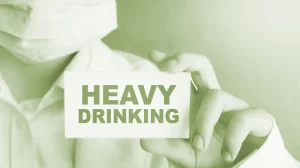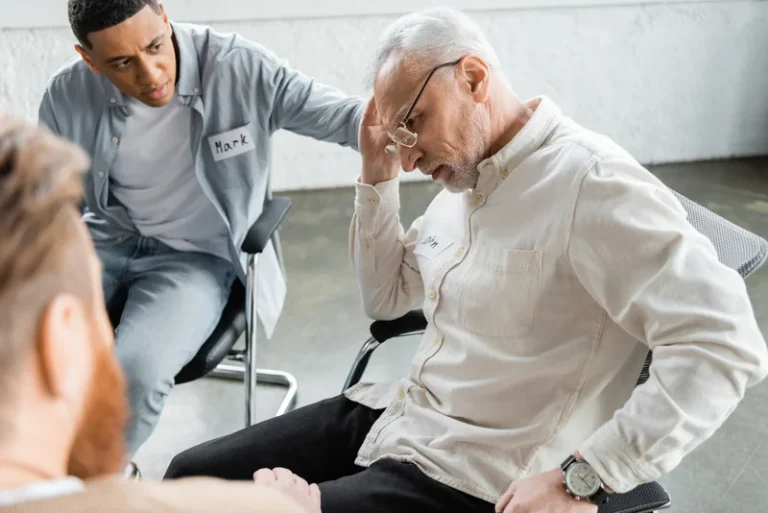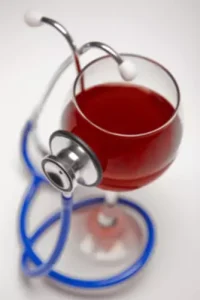Relapse Prevention Plan: Strategies and Techniques for Addiction

The findings reveal, in short, that individuals who have experienced trauma are more susceptible to relapse, underscoring the importance of addressing trauma in addiction treatment. In addition, relapse often ties back to past trauma, particularly when attempting to combat addiction without expert guidance. According to the National Institute on Drug Abuse (NIDA), the relapse rates for addiction are estimated to be between 40 to 60 percent, which highlights the formidable challenge of maintaining sobriety. Another factor that may occur is the Problem of Immediate Gratification where the client settles for shorter positive outcomes and does not consider larger long term adverse consequences when they lapse.
- This plan proposes five rules for a patient to live by – five recidivism prevention tips, which should significantly decrease the likelihood of relapse.
- They feel they have lost part of their life to addiction and don’t want to spend the rest of their life focused on recovery.
- A simple test of whether a person is bending the rules is if they look for loopholes in recovery.
- The second goal is to help patients recognize their denial so they can further understand the need to take steps to avoid progressing through the stages of a relapse.
Identifying Triggers
- Of drug or alcohol treatment patients are expected to relapse at some point.
- « While these approaches hold great promise, they have yet to show much effectiveness in the clinic. We decided to come at the problem from a completely different perspective. »
- Probably the most important thing to understand about post-acute withdrawal is its prolonged duration, which can last up to 2 years [1,20].
As outlined in this review, the last decade has seen notable developments in the RP literature, including significant expansion of empirical work with relevance to the RP model. Overall, many basic tenets of the RP model have received support and findings regarding relapse prevention its clinical effectiveness have generally been supportive. RP modules are standard to virtually all psychosocial interventions for substance use [17] and an increasing number of self-help manuals are available to assist both therapists and clients.

Specific Intervention strategies in Relapse Prevention

Attending or resuming attending meetings of some form of mutual support group can be extremely valuable immediately after a lapse or relapse. Discussing the relapse can yield valuable advice on how to continue recovery without succumbing to the counterproductive feelings of shame or self-pity. When an urge to use hits, it can be helpful to engage the brain’s reward pathway in an alternative direction by quickly substituting a thought or activity that’s more beneficial or fun— taking a walk, listening to a favorite piece of music. Possible substitutes can be designated in advance, made readily available, listed in a relapse prevention plan, and swiftly summoned when the need arises. Such feelings sabotage recovery in other ways as well—negative feelings are disquieting and are often what drive people to seek relief or escape in substances to begin with.
Following Through with Treatment
Findings also suggested that these relationships varied based on individual differences, suggesting the interplay of static and dynamic factors in AVE responses. Evidence further suggests that practicing routine acts of self-control can reduce short-term incidence of relapse. For instance, Muraven [81] conducted a study in which participants were randomly assigned to practice small acts self-control acts on a daily basis for two weeks prior to a smoking cessation attempt. Compared https://ecosoberhouse.com/ to a control group, those who practiced self-control showed significantly longer time until relapse in the following month. The client’s appraisal of lapses also serves as a pivotal intervention point in that these reactions can determine whether a lapse escalates or desists. Establishing lapse management plans can aid the client in self-correcting soon after a slip, and cognitive restructuring can help clients to re-frame the meaning of the event and minimize the AVE [24].
Relapse Prevention Plan (Video)

By strengthening the individual’s reasons for change, MI aims to improve motivation and commitment to recovery. Upon relapse, some individuals may require inpatient treatment to stop using and manage symptoms of withdrawal. Some relapses start with lapses that become more prolonged or frequent until the individual returns to uncontrolled substance use. Once this happens, it may not be easy to control behavior or stop using. Focusing on emotional wellness each day reduces restlessness, irritability, and discontent, which can build up over time and lead to relapse.

Setting Long-Term Goals
- The cognitive challenge is to encourage clients to measure their progress month-to-month rather than day-to-day or week-to-week.
- Our team does their best for our readers to help them stay informed about vital healthcare decisions.
- It can be helpful to write down one’s daily activities by tracking them with a smartphone to bring more awareness to what you are doing, thinking, and feeling.
- That said, particularly for the briefer MET/CBT, these interventions are likely to be more cost-effective than comprehensive family therapies that require many more clinical resources to achieve similar outcomes.
Laisser un commentaire